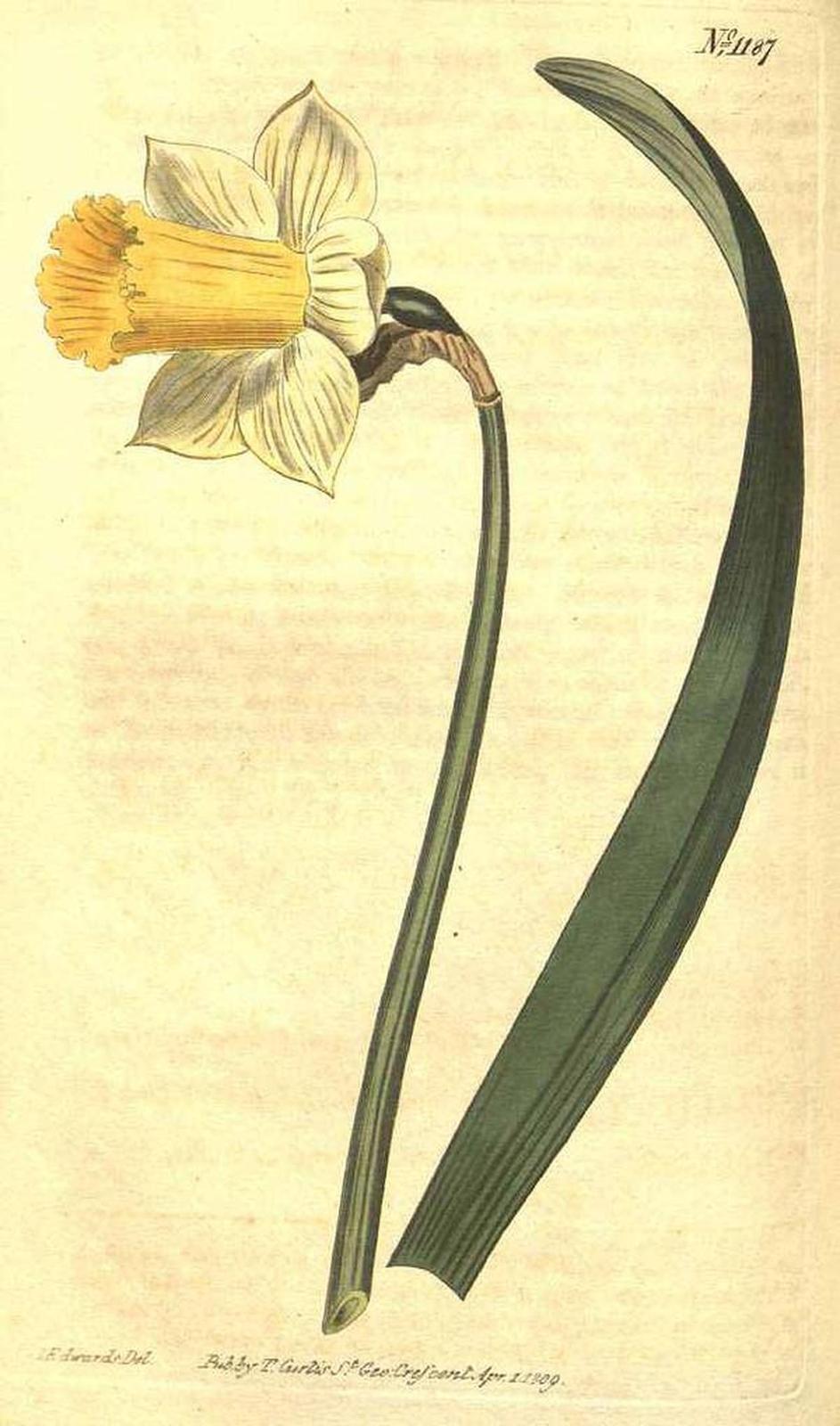Narcissus spp.
AmaryllidaceaeLos griegos asociaban el narciso a la vanidad de la juventud. Según el mito, Narciso se ahogó tras contemplar su reflejo en el agua, y allí mismo brotó la flor que lleva su nombre. Su nombre deriva del griego narkao, que adormece, por su embriagador aroma. Como el laurel, el mirto o la lavándula, el narciso fue otra de las muchas plantas conocidas y cultivadas por los clásicos grecorromanos que continuaron siendo populares en al-Andalus, donde se impulsaron estudios de botánica con el fin de averiguar y recordar las posibles propiedades medicinales, higiénicas y terapéuticas de las plantas. Así, los andalusíes emplearon el aceite de narciso en los masajes con estos fines, para relajar el sistema nervioso y para algunas afecciones causadas por el enfriamiento. El Calendario de Córdoba indica que los narcisos blancos tempranos florecían en Córdoba en pleno mes de diciembre. Este manuscrito también llamado Libro de la división de los tiempos, es una obra escrita en el año 961 para el califa al-Hakam II donde se describen los diversos trabajos agrícolas que habían de llevarse a cabo en cada estación y época del año para un adecuado aprovechamiento de los recursos naturales. Compendio de conocimientos astronómicos, agrícolas y meteorológicos, este trabajo es una buena muestra de cómo la ciencia clásica pervivió en al-Andalus. El texto, que fue escrito en latín y en árabe por un cristiano para un califa musulmán, es además un ejemplo más de la riqueza que supone la cooperación entre culturas diferentes.
Procedencia
Europeo/MediterráneoCalendario
Hábitat
Morfología
 Planta
Planta
 Abanico
Abanico
 Simple
Simple
 Lanceolada
Lanceolada
 Lineal
Lineal
 Otras disposiciones
Otras disposiciones
 Entero
Entero
 Acuminado
Acuminado
 Agudo
Agudo
 Perenne
Perenne
